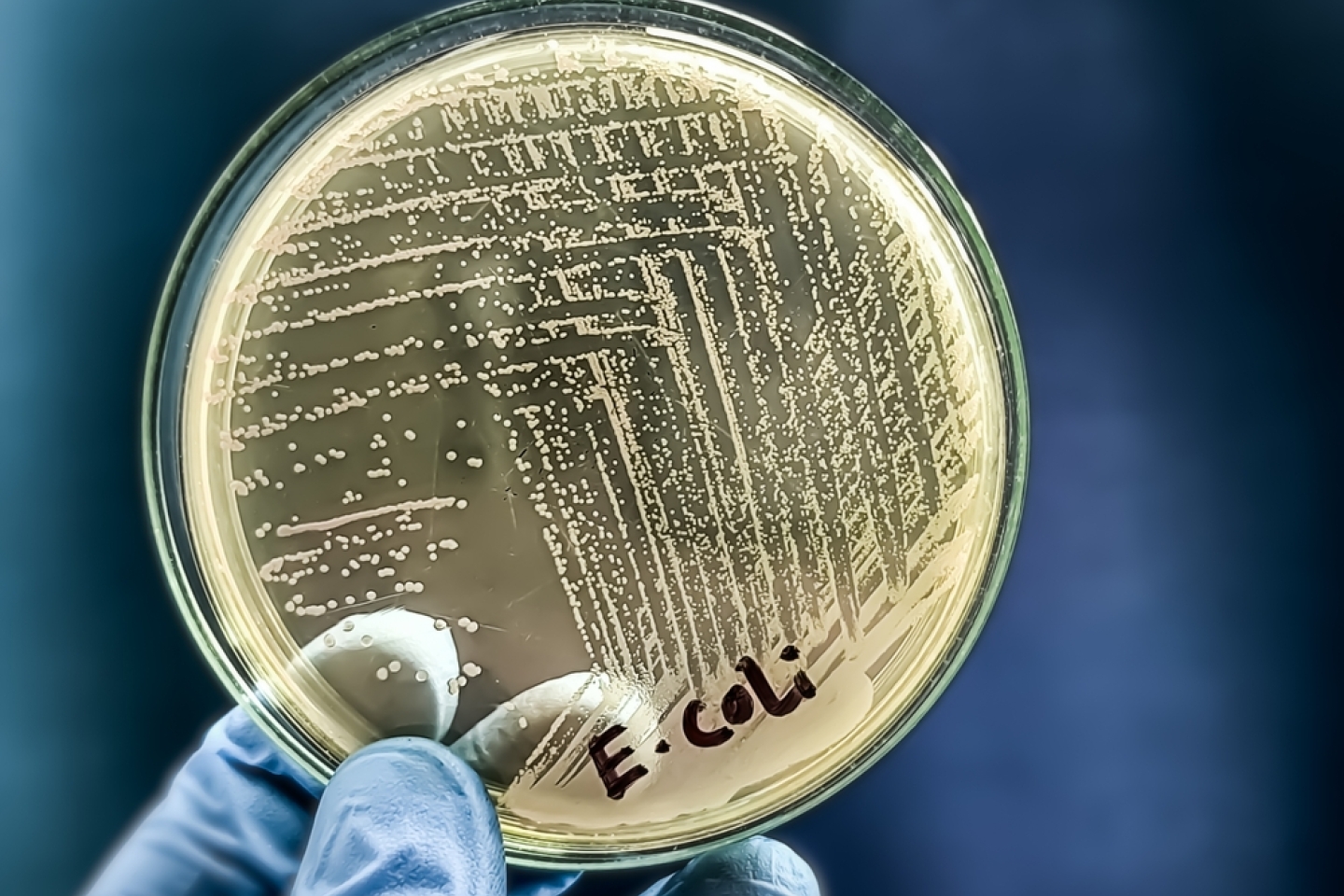
Escherichia coli, or E. coli, is a type of bacteria commonly found in human and animal intestines. Most E. coli strains are harmless, says Dr. Heidi Torres, Assistant Professor of Clinical Medicine in the Division of Infectious Diseases and Assistant Hospital Epidemiologist at Weill Cornell Medicine, and they’re even a beneficial part of the gut’s microbial ecosystem. However, certain strains can cause illness, with symptoms including diarrhea, urinary tract infections and pneumonia.
To get a handle on the recent E. coli outbreaks in the U.S., see Dr. Torres’s answers to your FAQs below.
E. coli O157:H7, also known as enterohemorrhagic E. coli, can lead to intestinal infections accompanied by bloody diarrhea, among other severe symptoms. In a recent outbreak identified this October, E. coli O157:H7 was traced to sliced onions served at various McDonald's locations, resulting in 104 known cases across 14 states, including New York.
Another strain, E. coli O121, can cause similar symptoms. That strain was responsible for a separate outbreak identified in mid-November, linked to bagged organic carrots, with 39 known cases across 18 states reported thus far.
However, according to the Centers for Disease Control and Prevention (CDC), the actual number those made sick by the two E. coli strains is probably significantly higher. That’s because some people improve on their own and aren’t included in the data.
“People typically become infected with harmful strains of E. coli through contaminated food and water,” Dr. Torres says. “During processing, meat may be contaminated with E. coli from cattle intestines; the bacteria can survive if your food isn’t cooked thoroughly.
“Unpasteurized milk can also carry E. coli if it’s contaminated from the cattle,” she adds. “As well, water sources exposed to human or animal waste can transmit bacteria to vegetables and other foods or directly infect individuals who come into contact with contaminated water. Close contact with an infected person can further spread E. coli bacteria.”
As with many infections, young children, older adults and people with weakened immune systems are at greater risk of contracting E. coli and experiencing severe illness.
“Additionally, taking antacids puts you at increased risk, as stomach acid plays a role in killing swallowed bacteria,” she says.
Symptoms usually begin within a few days and often include stomach cramps, diarrhea (possibly bloody), fatigue, nausea and vomiting. Rarely, she says, “an E. coli infection can lead to hemolytic uremic syndrome (HUS), a serious complication that may cause kidney failure and can be life-threatening.”
Treatment for an E. coli infection involves supportive care, including fluids, electrolytes and rest. These are usually enough to ensure recovery.
“Antibiotics and antidiarrheals are not routinely recommended and should be avoided for certain E. coli strains”--including the two current ‘troublemakers,’ O157:H7 and O121. Paradoxically, these medications may increase the risk of HUS.
For other E. coli strains with a lower risk of HUS, antibiotics may be administered to those with severe or prolonged diаrrhеа or those at risk for severe disease. The distinction between strains can often be made through stool testing.
“Patients should contact their doctor if they experience persistent or bloody diarrhea; frequent vomiting that prevents fluid intake; or signs of dehydration, such as a rapid heart rate or lightheadedness,” Dr. Torres says.
To prevent E. coli and other food- and water-borne infections, follow these recommendations:
The onions linked to the E. coli outbreak were distributed to food businesses and are not expected to have been found in grocery stores.These onions have passed their shelf life and are no longer available for sale. In other words, the source of that outbreak is no longer a threat.
The second E. coli outbreak associated with multiple brands of bagged carrots has prompted a recall. These products should no longer be for sale but may still be present in some homes. See the FDA website for full details, and if you have any of the affected products, throw them away, and clean and sanitize any surfaces they may have touched.
If you suspect that you have been exposed to E. coli, or if you’re experiencing any of the symptoms described above, make an appointment with an infectious disease specialist.